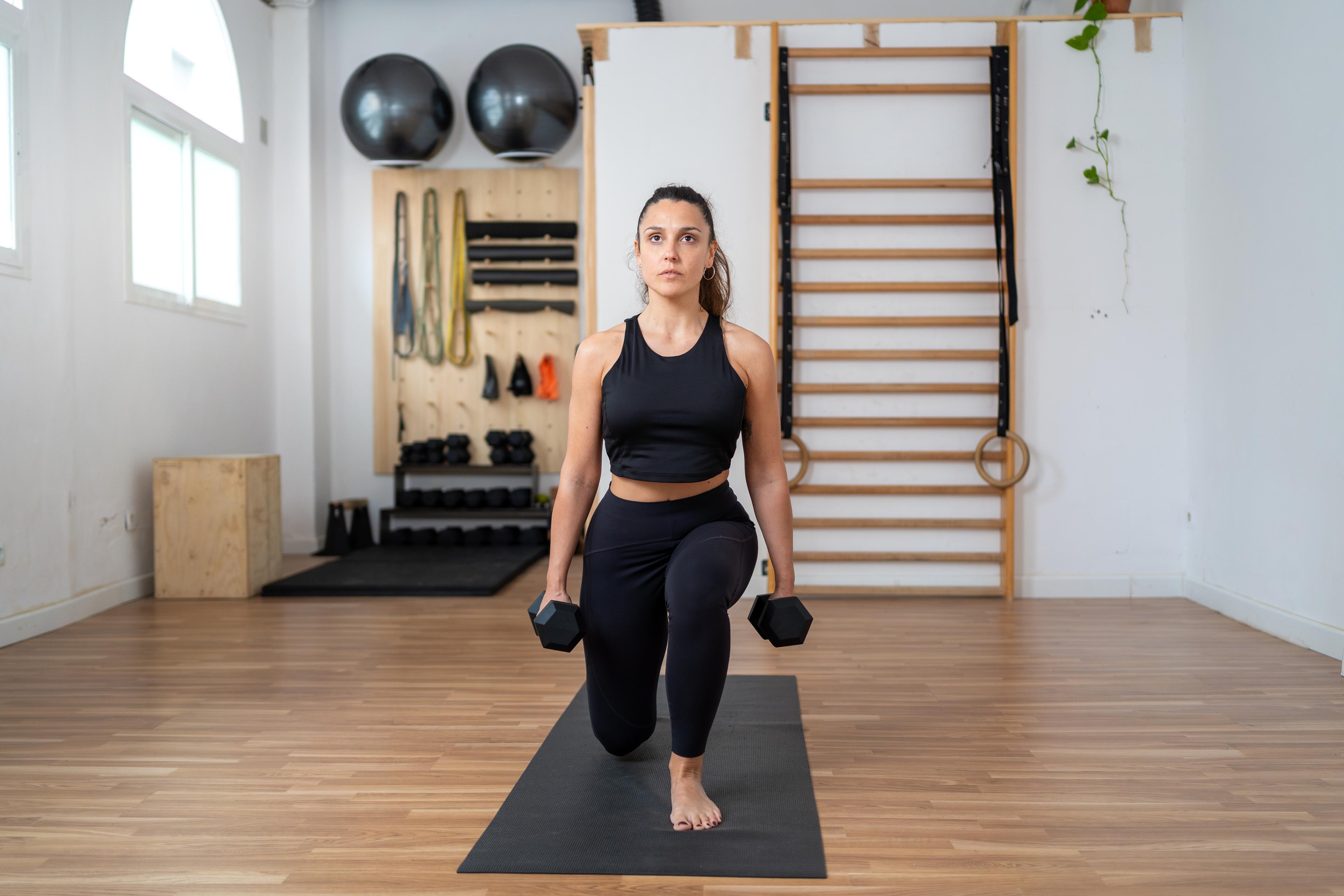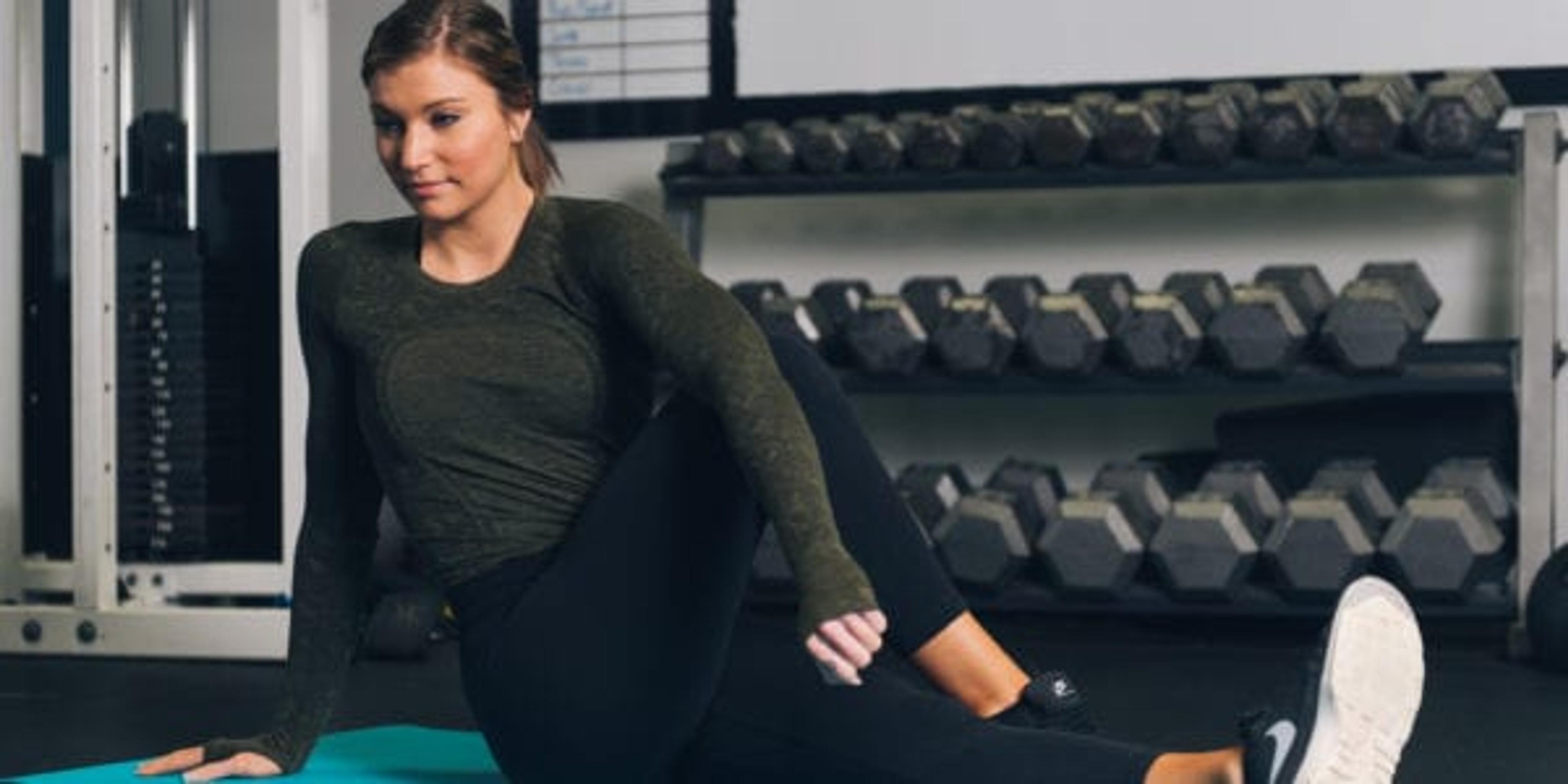Swimmers: Are You Wasting Energy? Maximize Your Kick
3 min read

A challenge that many swimmers face is improper kick. Some claim that their kick doesn’t help them to move forward. Some claim their kick actually moves them backward. Often times, these claims are true. Their kicks really are hindering them and they end up using more energy to swim more slowly, but they don’t know why. The reason lies in kick mechanics.
Getting where you want to go while swimming is all about water displacement. To swim forward, you need to force the water backward. While swimming freestyle, or front crawl, there are two parts of a kick; the up-kick and the down-kick. The phase in the kick that propels you forward is the down-kick. It’s important that your legs take on a position similar to that of a ballerina; straight and lengthened from hips to toes. The down-kick depends on the surface area of your ankle, foot, and toes. The more lengthened these are, the more surface area you can employ to push back on the water, and the farther your kick will propel you forward.
With this concept in mind, let’s learn about the most common energy-draining mistake: too much bend in the knees.
Too much bend in the knees
It is common for people to “kick from the knee.” What this means is that they start their kick with the bend of their knees. This doesn’t work well in the water. In fact, it can prevent you from swimming forward.
In some cases, depending on the upward force of the foot, it can displace enough water to propel you backward. This movement is an example of too much up-kick.
The correction
When we walk, our leg movement begins at our hips. The same applies to kicking while swimming. Make sure your head, hips, and heels are at the surface of the water. Starting from the hips, our legs move continuously one after the other.
The quadriceps and hip flexors are the prime movers. The knee and ankle joints bend very slightly as they move up and down in response to the prime mover muscles and the resistance of the water.
A helpful tip to remember is that your down-kick should only be as deep as your hips are wide. If your focus is on the down-kick, you will be more inclined to keep your legs straight and lengthened, without kicking too deep.
Practice, practice, practice
To start using your energy efficiently, you’ll need to practice your kick. Ask yourself, which of my muscles are working the hardest? It should be your hip flexors and quadriceps.
With the help of an isolation tool, you can focus solely on your kick. Use a kickboard or, for maximum stability, grab onto the side of the pool with both hands. Make sure to have a pointed toe, yet relaxed ankle so that the joint can move freely. Now, starting at the hips, move your legs up and down so your heels nearly break the surface of the water. Remember that your down-kick relies on your feet to push the water back and away from you. Always be aware of the direction you are pushing the water when you move.
There are many alterations you can make while swimming to maximize your energy output. Improving your kick is a giant step toward achieving efficiency in your stroke.
About the author: Lindsey Pavlov has ten years experience as a certified swim instructor, coaches a US Masters swim program in Michigan, and holds a Primary Group Fitness Instructor certification from Athletics and Fitness Association of America (AFAA.) She has coached in the West MI, Southeast MI, and MI Thumb regions. Lindsey has also spent time working in the fitness capital of America, Washington, D.C. While there she worked at a HIIT gym and luxury fitness club. She is happy to be back in the Great Lakes State working with people of all ability levels, from infants to triathletes.

Photo credit: jayhem









